Longevity is not just about living longer; it’s about enhancing the quality of life through sustainable habits that promote health and vitality.
The term “longevity” has become increasingly popular, appearing in various contexts such as podcasts, wellness clinics, and health supplements. However, the essential question remains: What kind of years are we adding to our lives? The true pursuit of longevity is not merely about extending lifespan but enhancing the quality of those years. It emphasizes maintaining energy, strength, and mental clarity, enabling individuals to engage fully in life rather than merely existing.
In the realm of longevity science, two key concepts are often discussed: lifespan, which refers to how long one lives, and health span, which indicates how long one lives well. The ultimate aim is to expand both dimensions. This philosophy is encapsulated in what I term “Livable Longevity,” a framework built on sustainable and repeatable habits that align with modern lifestyles. After all, even the most effective health protocols are futile if they cannot be maintained over time.
To illustrate this framework, envision the Longevity Pyramid—a visual representation of interventions arranged from the most fundamental to the most advanced. Each layer of the pyramid builds upon the one below it, indicating that one cannot skip foundational elements and expect to achieve optimal results.
The base of the pyramid comprises four essential pillars: Nutrition, Exercise, Sleep, and Stress Management. These elements are not merely basic; they are fundamental biological levers that influence everything from gene expression to mitochondrial function.
Nutrition plays a critical role in setting metabolic tone. It is vital to prioritize whole foods that stabilize blood glucose levels, protect muscle mass, and nourish the microbiome. While there is no one-size-fits-all diet—be it Mediterranean, high-protein, or time-restricted eating—finding a sustainable approach that can be maintained 90% of the time is crucial. The trifecta for cellular health includes glucose stability, adequate protein intake, and micronutrient density.
Exercise remains the most effective anti-aging therapy available. Resistance training helps preserve lean muscle mass and bone density, while aerobic exercises enhance mitochondrial efficiency, thereby improving the body’s energy production capabilities. Incorporating higher-intensity bursts into workouts can also promote metabolic flexibility. The focus should not be on achieving perfection but rather on integrating movement into daily routines to prevent deconditioning.
Sleep is a master regulator of recovery, hormonal balance, and inflammation. The quality of longevity hinges on effective recovery, not just rigorous training. Establishing a consistent evening routine that includes darkness, a cool environment, and regular sleep patterns can serve as powerful anti-aging strategies.
Stress management is equally important, as chronic stress can accelerate aging more than many toxins. It negatively impacts telomeres, exacerbates insulin resistance, and suppresses hormonal balance. Rather than attempting to eliminate stress entirely, the goal should be to improve recovery techniques. Practices such as breathwork, spending time in nature, journaling, and therapy can help lower cortisol levels and serve as anti-aging interventions.
Once these foundational elements are established, the next layer of the pyramid involves hormone optimization. As individuals age, hormonal levels—including testosterone, estrogen, thyroid hormones, DHEA, and cortisol—tend to decline. The objective is not to chase youth but to restore balance, allowing the body to support vitality effectively.
When approached correctly—through precise diagnostics and careful supervision—hormone optimization can amplify the benefits of the foundational layers. It can enhance workout effectiveness, improve metabolic function, stabilize mood, and deepen sleep quality. However, if done recklessly, it can lead to complications. When executed intelligently, it serves as a valuable leverage point.
The third layer of the pyramid introduces peptides and longevity compounds. These targeted molecules are designed to modulate specific aging pathways, including mitochondrial decline, DNA repair, inflammation, and cellular cleanup (autophagy). Peptides such as BPC-157 and GHK-Cu are known to assist in tissue repair and regeneration, while others like Epitalon and SS-31 may enhance mitochondrial performance. Compounds like semaglutide and GLP-1 receptor agonists are also showing promise in redefining metabolic health and indirectly extending lifespan through their effects on inflammation and insulin sensitivity.
Other compounds, including metformin and rapamycin, are gaining attention for their potential impact on cellular aging. However, these are not supplements to be taken lightly; they require a structured framework to be effective. If the foundational layers are weak, these advanced interventions will be ineffective. When layered appropriately, they represent a powerful, optional, and synergistic aspect of longevity.
At the apex of the pyramid are cellular and regenerative therapies, including stem cells and exosomes. These advanced interventions hold the potential for profound effects, such as reprogramming aged tissues and rejuvenating vitality from within. However, they are most effective when the underlying biology is already optimized. It is akin to renovating a house: one must repair the foundation before addressing the roof.
The future of longevity may well involve personalized regenerative medicine, where stem cells, gene editing, and cellular reprogramming converge. Until that future arrives, the most potent longevity technology remains the daily behaviors we choose to adopt.
Behavior design is where many individuals struggle—not due to a lack of knowledge, but in execution. Biology responds to patterns rather than perfection. There is no need to completely overhaul one’s life; instead, longevity habits can be integrated into existing routines. Begin by mapping personal rhythms: identify when you naturally feel inclined to move or rest. Align interventions with these natural tendencies. For instance, anchor strength training to specific times in your calendar, make protein-rich meals the default, and establish a “lights-down” cue an hour before bedtime. Longevity becomes more attainable when it is frictionless.
When setbacks occur—and they inevitably will—the response should not be guilt but rather a focus on resilience. In the philosophy of Livable Longevity, there is no need to “start over”; instead, one simply gets “back on track.” Missed a workout? Consider a post-dinner walk. Had a challenging travel week? Prioritize sleep that night. Strayed from your meal plan? Use the next meal as an opportunity to reset. Small, consistent wins over time are far more effective than grand, unsustainable changes.
In future discussions, we will delve deeper into each layer of the Longevity Pyramid, exploring how to interpret lab results and biomarkers, the realities of hormone health, promising peptide research, mitochondrial repair science, and emerging fields such as epigenetic reprogramming and biological age testing. We will also examine how Blue Zones and centenarians combine lifestyle simplicity with metabolic resilience and how modern medicine can translate these insights into practical interventions. Topics will include mental longevity, microbiome health, exposure to temperature extremes, light biology, and how digital health and AI can make personalized longevity accessible to a broader audience.
Ultimately, every topic will return to the same core philosophy: Livable Longevity. The effectiveness of a longevity protocol is not determined by its complexity but by its sustainability. True longevity is achieved not through intensity or perfection but through the small, consistent choices made daily over the course of a lifetime.
Source: Original article

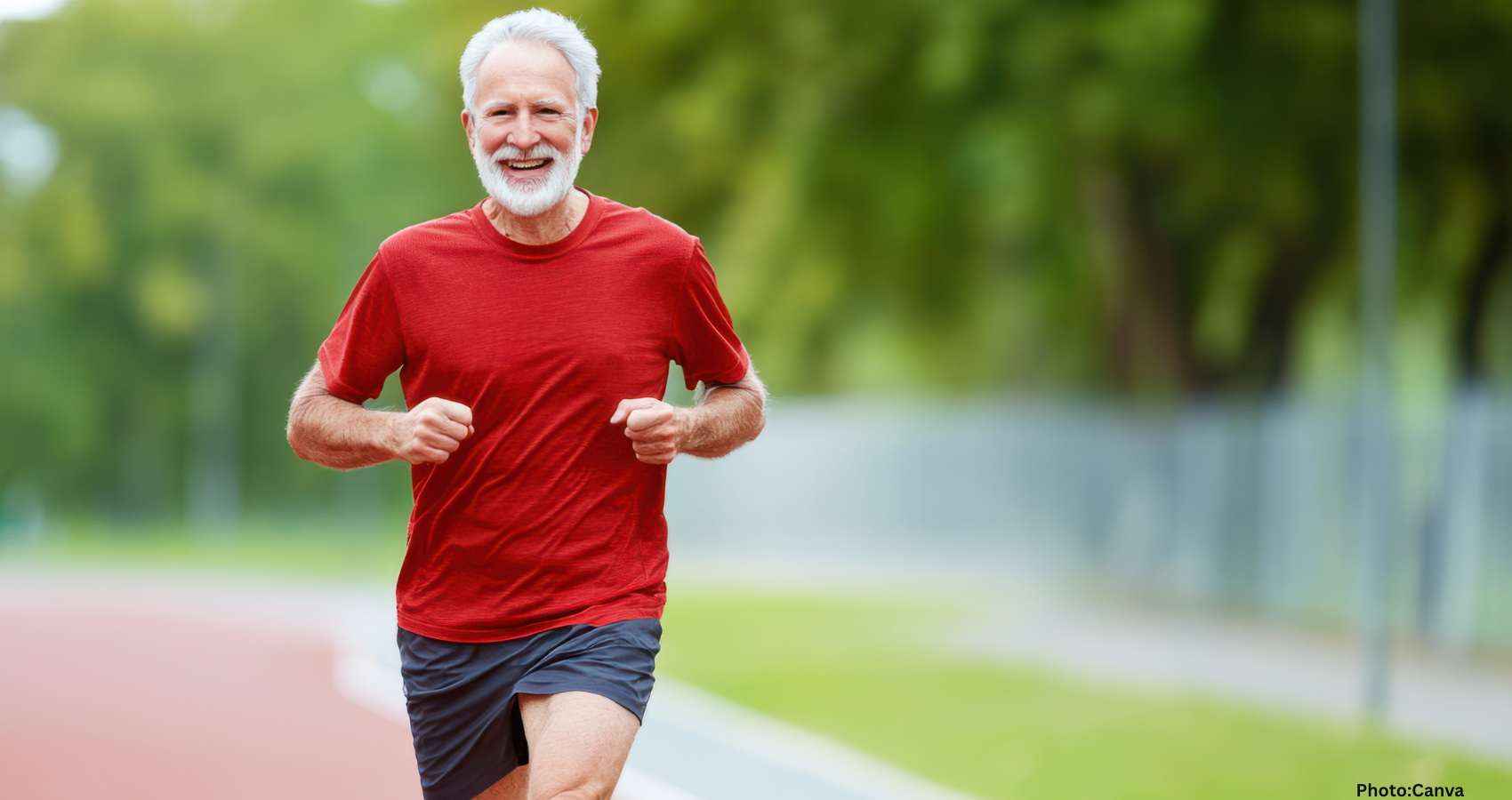
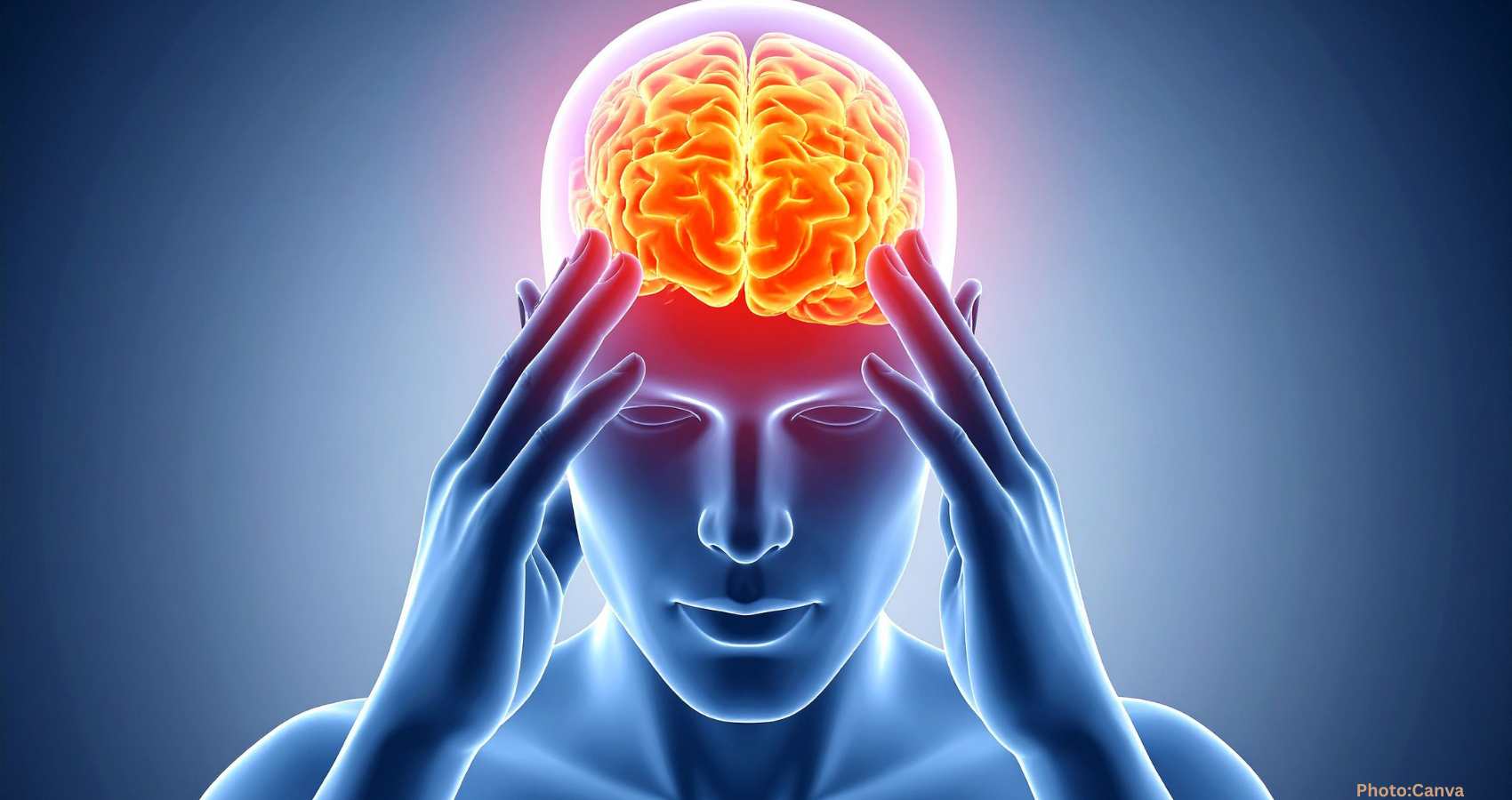










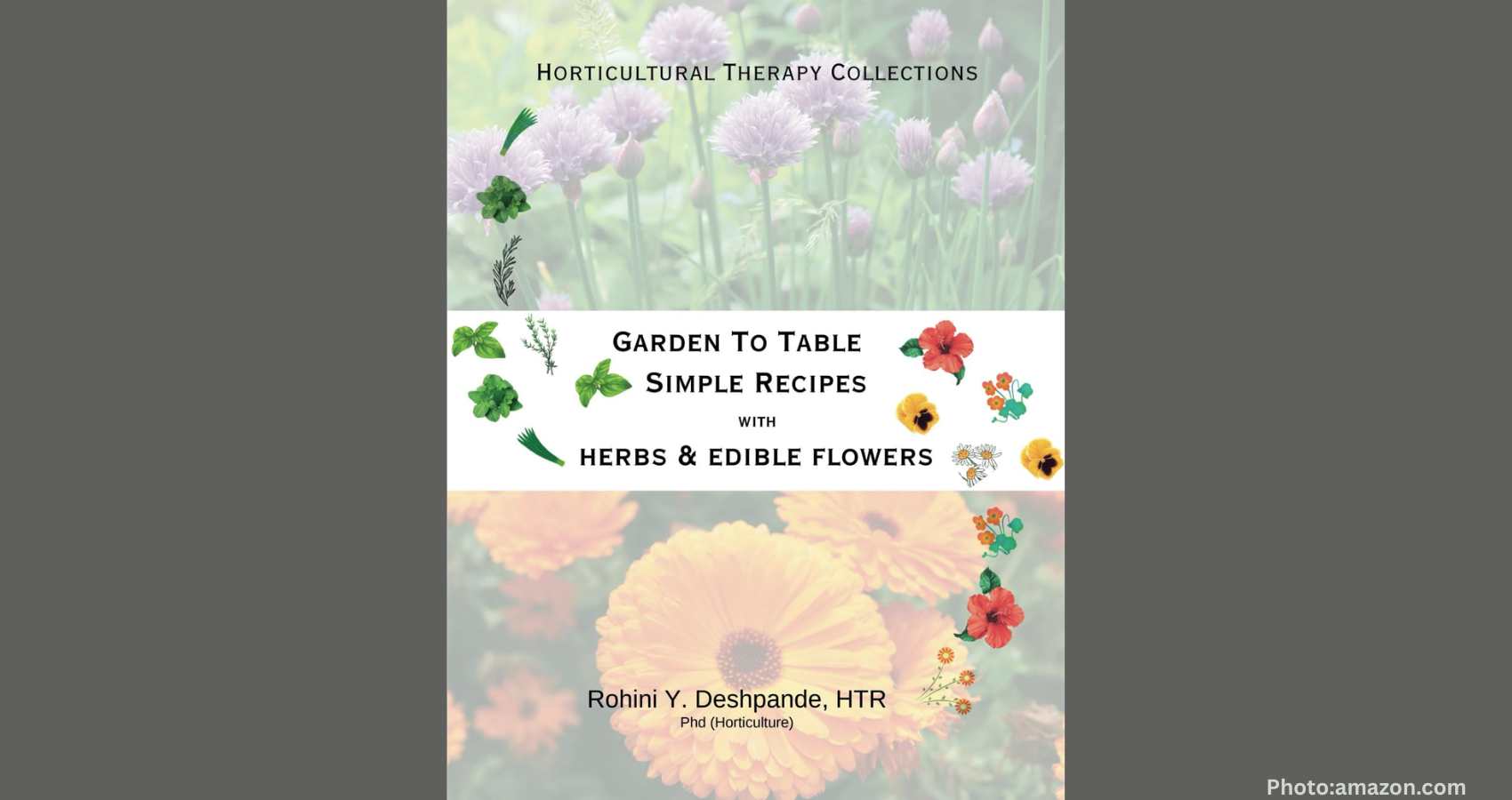
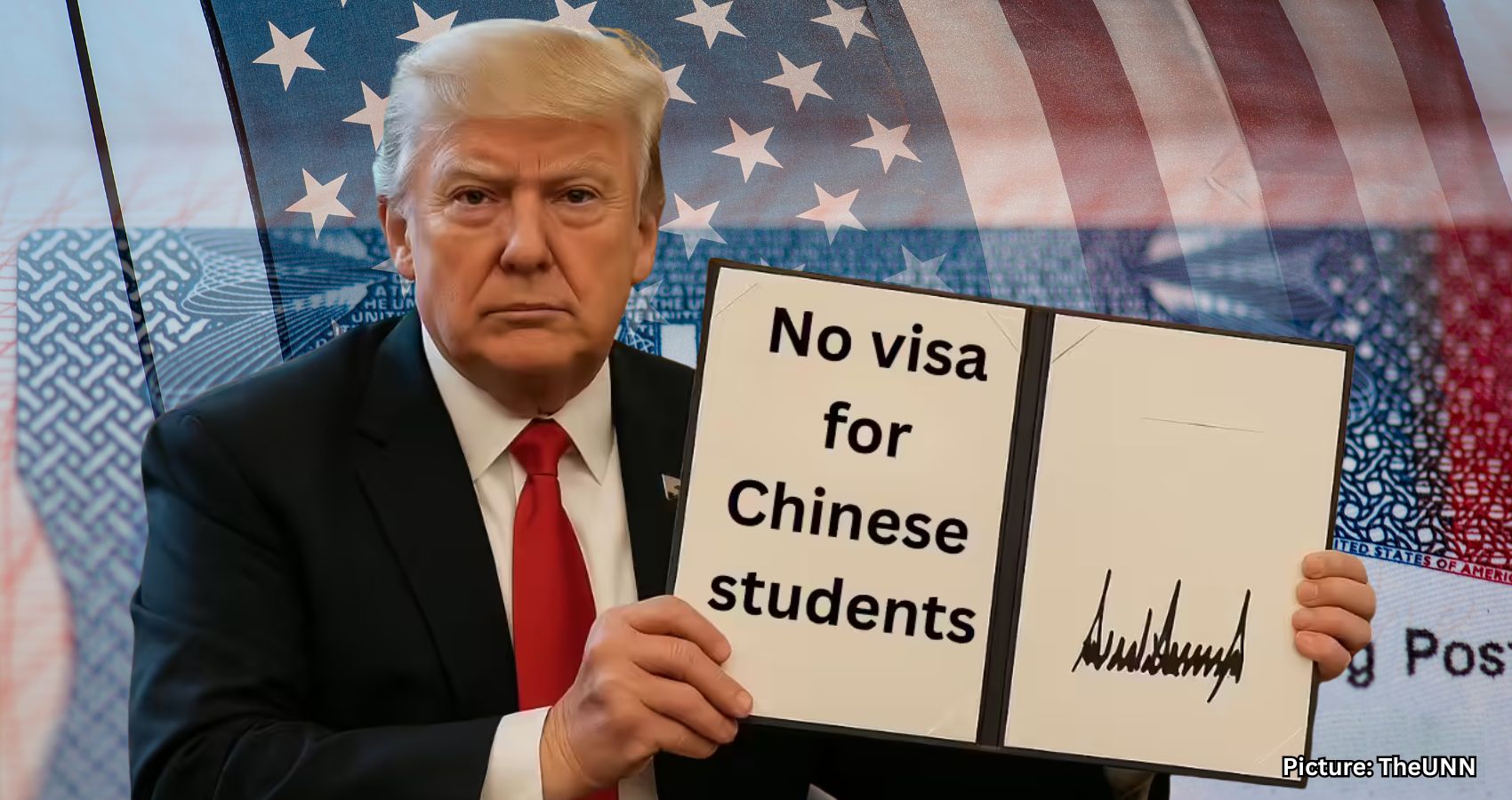
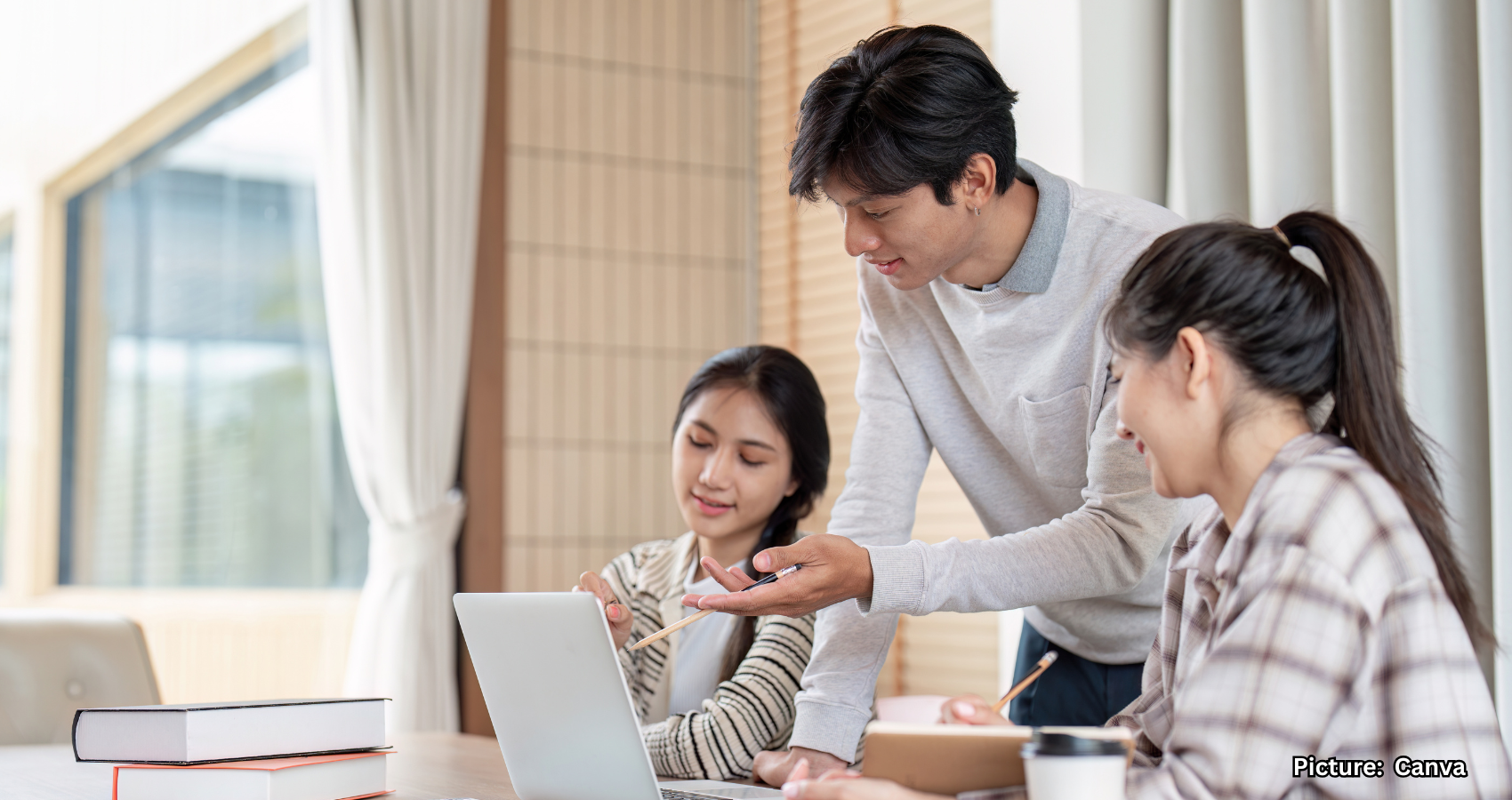

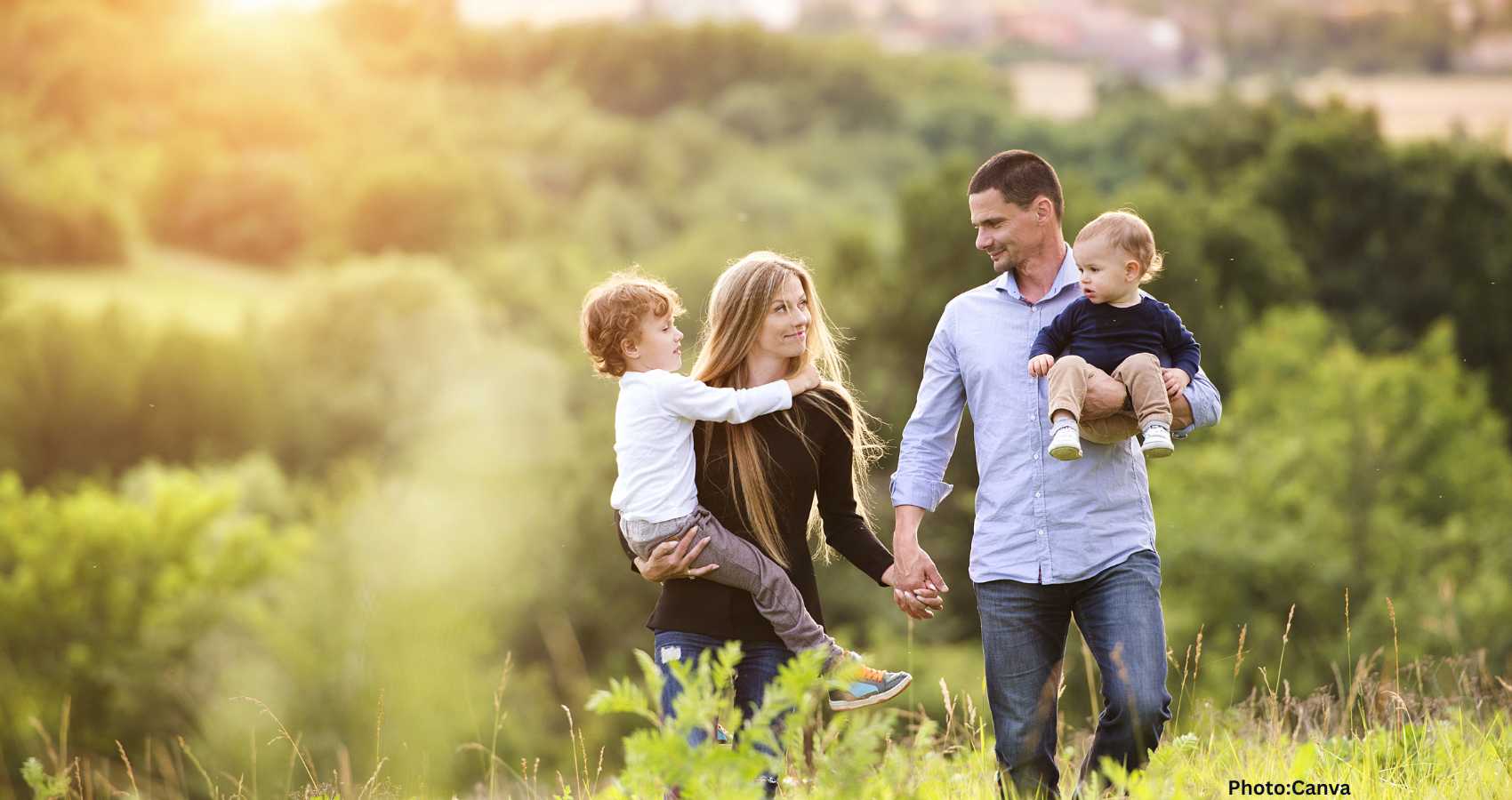
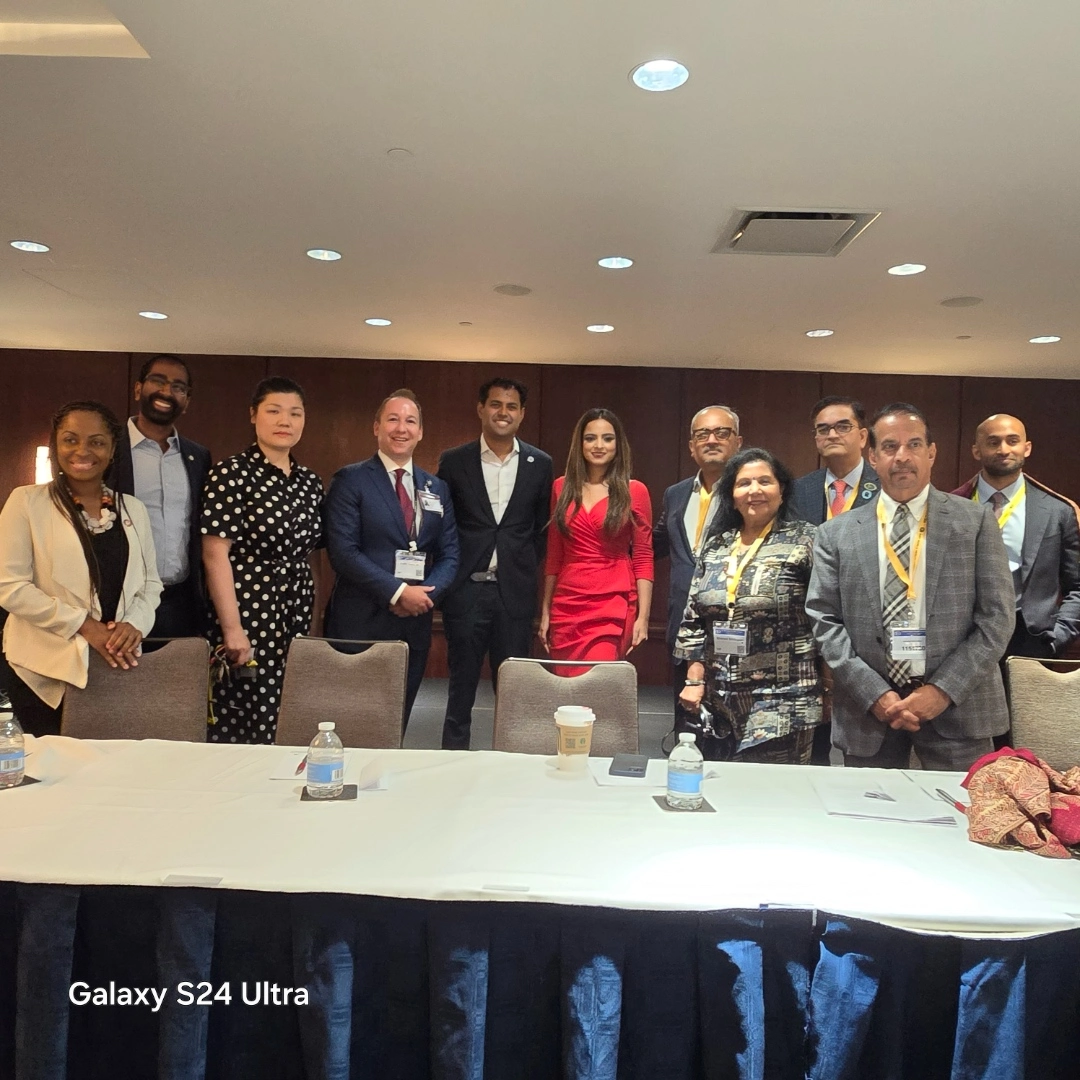 The World Health Congress, which began on July 18th with the cutting of the Ribbon by the Mayor of New York City, Eric Adams is being attended by over 1,000 physicians and has over ing80 speakers and CEOs from around the globe, provide the delegates with an unparalleled opportunity to network, learn, and explore groundbreaking advancements across healthcare disciplines.
The World Health Congress, which began on July 18th with the cutting of the Ribbon by the Mayor of New York City, Eric Adams is being attended by over 1,000 physicians and has over ing80 speakers and CEOs from around the globe, provide the delegates with an unparalleled opportunity to network, learn, and explore groundbreaking advancements across healthcare disciplines. The CEO Forum was moderated by Dr. Achintya Moulick, Chair of the AAPI World Health Congress. In his opening remarks, Dr. Moulick said, “The first World Congress of AAPI signals the beginning of a new chapter for the organization which has had a significant impact on American healthcare. The goal for me as the first convention chair of the World Congress is to bring healthcare providers, entrepreneurs, financial bodies and policymakers together and create a perfect gathering of first, second and third generation physicians and other healthcare providers of Indian origin lead the way for the future of global health.”
The CEO Forum was moderated by Dr. Achintya Moulick, Chair of the AAPI World Health Congress. In his opening remarks, Dr. Moulick said, “The first World Congress of AAPI signals the beginning of a new chapter for the organization which has had a significant impact on American healthcare. The goal for me as the first convention chair of the World Congress is to bring healthcare providers, entrepreneurs, financial bodies and policymakers together and create a perfect gathering of first, second and third generation physicians and other healthcare providers of Indian origin lead the way for the future of global health.”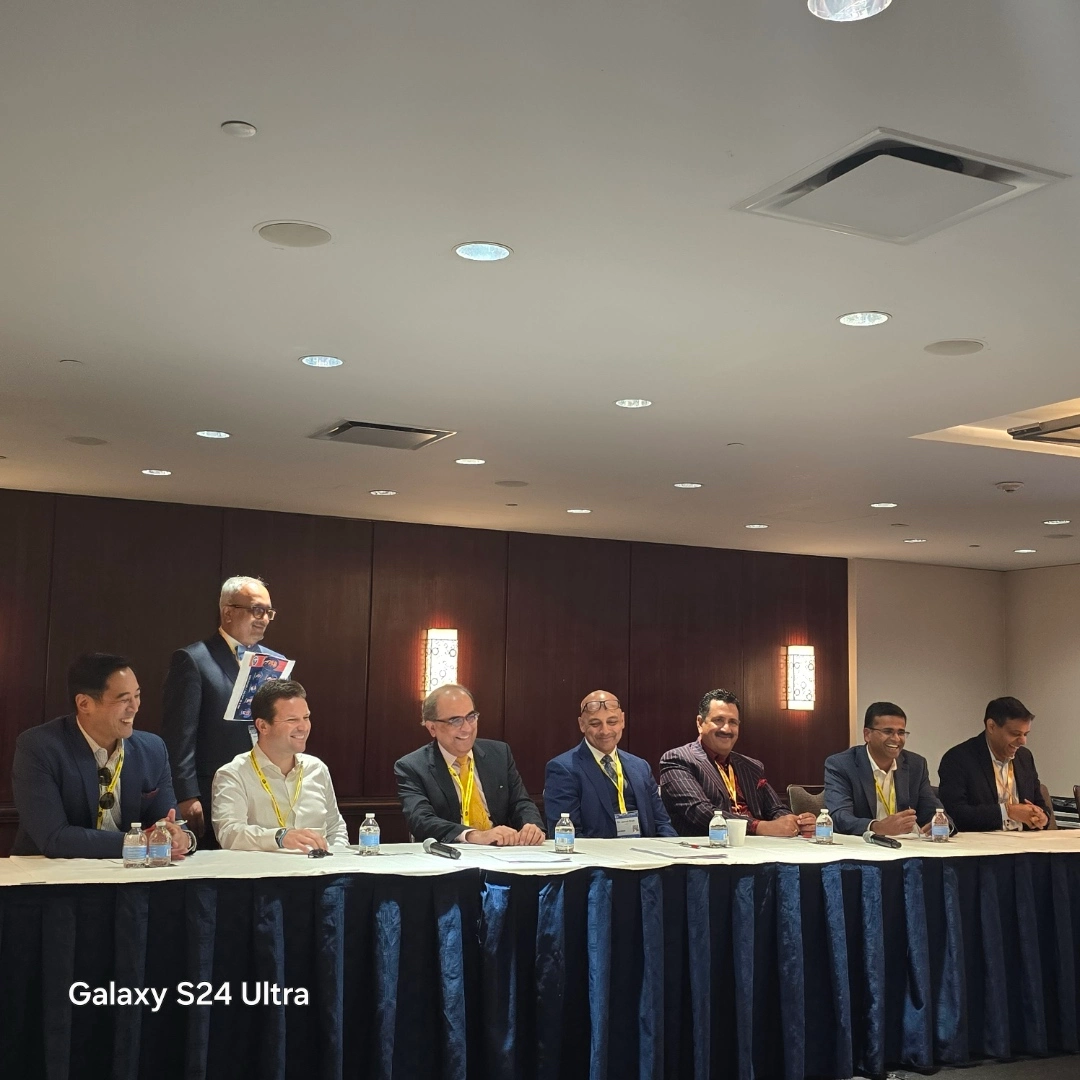 AAPI’s Legislative Day discussed the need to regulate healthcare, visa, physician-patient relationship, insurance issues and was moderated by Dr. Sumul Raval, national Secretary of AAPI. He said, “AAPI’s lobbying efforts on some of the issues affecting the broader Indian American community and other immigrant groups is also a testament to its growth and reach. Being one of the oldest Indian American organizations, it’s also among the most influential, as was evident from the lawmakers who took time out of their busy schedule to address the group.”
AAPI’s Legislative Day discussed the need to regulate healthcare, visa, physician-patient relationship, insurance issues and was moderated by Dr. Sumul Raval, national Secretary of AAPI. He said, “AAPI’s lobbying efforts on some of the issues affecting the broader Indian American community and other immigrant groups is also a testament to its growth and reach. Being one of the oldest Indian American organizations, it’s also among the most influential, as was evident from the lawmakers who took time out of their busy schedule to address the group.” Dr. Anjana Samadder, president of AAPI said, “The growing influence of doctors of Indian heritage is evident, as increasingly physicians of Indian origin hold critical positions in the healthcare, academic, research and administrative positions across the nation. With their hard work, dedication, compassion, and skills, they have thus carved an enviable niche in the American medical community. AAPI’s role has come to be recognized as vital among members and among lawmakers.”
Dr. Anjana Samadder, president of AAPI said, “The growing influence of doctors of Indian heritage is evident, as increasingly physicians of Indian origin hold critical positions in the healthcare, academic, research and administrative positions across the nation. With their hard work, dedication, compassion, and skills, they have thus carved an enviable niche in the American medical community. AAPI’s role has come to be recognized as vital among members and among lawmakers.” Dr. Lokesh Edara, Chair, AAPI Board of Trustees said, “The growing influence of doctors of Indian heritage is evident, as increasingly physicians of Indian origin hold critical positions in the healthcare, academic, research and administrative positions across the nation. With their hard work, dedication, compassion, and skills, they have thus carved an enviable niche in the American medical community. AAPI’s role has come to be recognized as vital among members and among lawmakers.”
Dr. Lokesh Edara, Chair, AAPI Board of Trustees said, “The growing influence of doctors of Indian heritage is evident, as increasingly physicians of Indian origin hold critical positions in the healthcare, academic, research and administrative positions across the nation. With their hard work, dedication, compassion, and skills, they have thus carved an enviable niche in the American medical community. AAPI’s role has come to be recognized as vital among members and among lawmakers.”